How to use silicon nitride ceramic sealing ring
Silicon nitride ceramic sealing ring is a high-performance key mechanical sealing component in modern industry. It is widely used in extreme working conditions such as pumps, compressors, mixers, and automotive water pumps due to its excellent wear resistance, excellent corrosion resistance, ultra-high rigidity, and low density. However, even the best materials need to be used correctly to unleash their full potential.
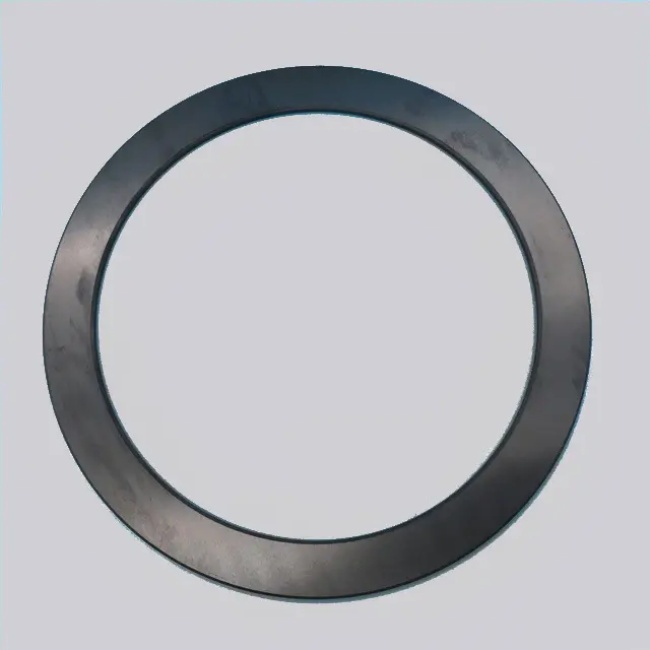
Understanding silicon nitride ceramic sealing rings – why is it so outstanding?
Before understanding how to use it, we first need to understand why we chose it. Silicon nitride ceramic sealing rings can solve many pain points of traditional sealing materials such as metals and ordinary ceramics:
- Solve the problem of wear: Its hardness is extremely high, second only to diamond and cubic boron nitride, and its wear resistance far exceeds that of metals and other ceramic materials, greatly extending its service life in media containing particulate matter.
- Solve corrosion problems: It has excellent corrosion resistance to most strong acids (such as hydrochloric acid, sulfuric acid, hydrofluoric acid excluded), strong bases, and salt solutions, and is perfectly suitable for corrosive environments such as chemical engineering and electroplating.
- Solve high temperature problems: It can maintain its mechanical properties at temperatures above 1200 ° C without softening or decomposing like polymer materials, and is suitable for high-temperature pumps and reaction vessels.
- Solve the problems of lightweight and inertia: Its low density and lightweight make it particularly suitable for high-speed rotating conditions (such as car water pumps), which can reduce deformation and vibration caused by centrifugal force and lower energy consumption.
- Solve adhesion and friction problems: The surface is smooth, the friction coefficient is low, and it has self-lubricating properties. It can form a good friction pair with carbon graphite and other abrasive parts, running smoothly and with small leakage.
Core Tip: The main disadvantage of silicon nitride ceramics is brittleness, which makes them highly sensitive to impact loads and stress concentration during installation. This is precisely why proper installation is crucial.
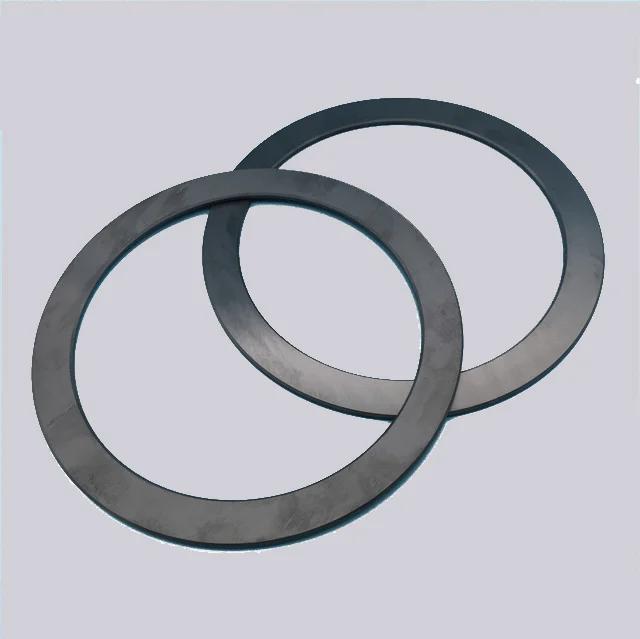
Preparation before use
- Inspection and confirmation
Model matching: Confirm that the model and specifications (inner diameter, outer diameter, thickness) of the new sealing ring are completely consistent with the original parts or design requirements of the equipment.
Appearance inspection: Carefully inspect the sealing surface of the sealing ring in a well lit area. Ensure that it is smooth and flawless, without any cracks, broken edges, scratches or defects. Even minor damage can cause the entire seal to fail.
Cleaning work: This is the most crucial step. It is necessary to ensure absolute cleanliness of installation components such as sealing rings, shafts/bushings, and glands. Thoroughly remove all oil, dust, and impurities using non corrosive cleaning agents such as lint free cloth, alcohol, or acetone. Any tiny particles will be pressed into the sealing surface during installation, causing leakage. - Tool preparation
Prepare necessary specialized tools, such as installation sleeves, guide sleeves, etc., to avoid directly tapping the ceramic ring itself during installation.
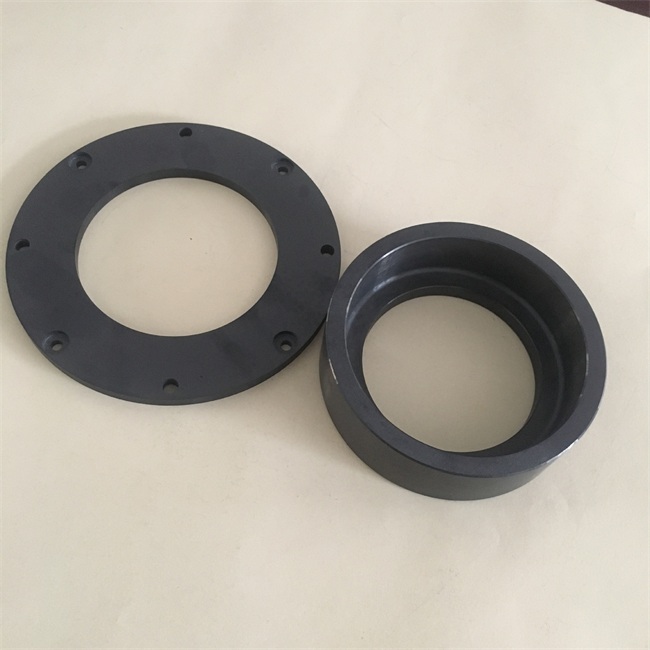
Correct installation steps and essentials
Installation principle: Apply force evenly, avoid impact, and maintain cleanliness.
Step 1: Lubrication and Alignment
Apply a layer of clean lubricating grease or oil compatible with the working medium on the O-ring or gasket (if it is a stationary ring) of the sealing ring and the surface of the shaft sleeve to reduce initial installation resistance.
Insert the sealing ring smoothly and neatly onto the shaft or sleeve, ensuring that it is perpendicular to the axis and not skewed.
Step 2: Apply force for installation
Direct tapping is strictly prohibited! Never use hammers or other tools to directly strike any part of the silicon nitride ceramic ring.
Special installation sleeves or plates should be used to evenly apply force to the hardest part of the sealing ring (usually the metal frame or thicker section), and slowly push it into place.
If hydraulic or pneumatic pressure is used, it is also necessary to ensure uniform force and smooth speed.
Step 3: Check the status after installation
After installation, gently rotate the sealing ring by hand to check if it is flexible and free of jamming.
Confirm again that the sealing surface is not contaminated or damaged.
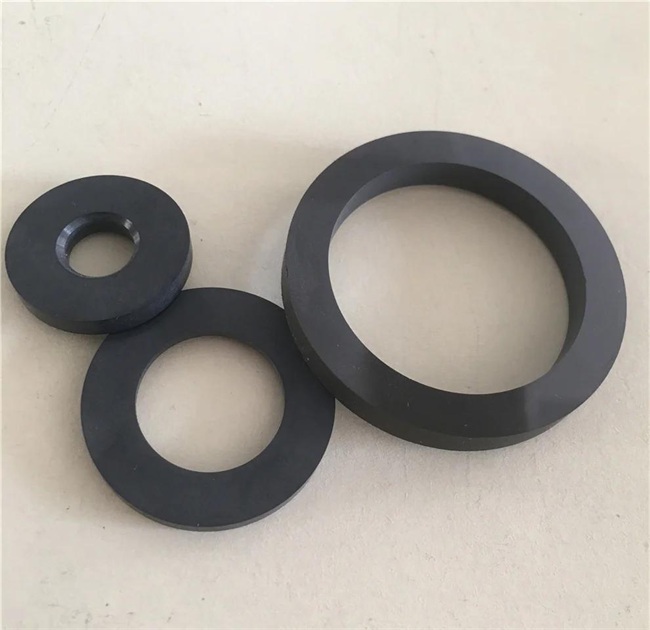
Operation, maintenance, and troubleshooting
- Initial operation
Dry start warning: Before starting the silicon nitride ceramic sealing ring, the sealing chamber must be filled with medium or lubricant. Absolutely prohibit dry operation, otherwise the sealing surface may “burst” or suffer severe wear due to the instantaneous high temperature, high pressure, and dry friction.
Trial operation: After starting the equipment, conduct a low-speed and low-pressure trial operation to observe for any abnormal leaks, vibrations, or noise. After everything is normal, gradually increase to normal working conditions. - Daily maintenance
Regular inspection: Pay attention to the leakage of equipment. Mechanical seals allow for very slight moisture stains (“sweating”), but do not allow for linear leakage.
Monitoring conditions: closely monitor whether there are significant changes in the operating temperature, pressure, and medium conditions of the equipment, which may affect the sealing life.
Keep clean: Ensure that the cooling/flushing system piping is unobstructed to prevent impurities from entering the sealed chamber. - Common faults and causes
Serious leakage:
Possible reasons: cracks or damage on the sealing surface; Scratches on the surface during installation; O-ring and other auxiliary seals are damaged.
Premature wear of sealing surface:
Possible reasons: The medium contains too many unfiltered hard particles; Dry operation; The spring pressure is too high.
Seal ring rupture:
Possible reasons: uneven force or impact during installation; Severe vibration or misalignment of the equipment; Thermal shock (such as sudden introduction of cold medium).
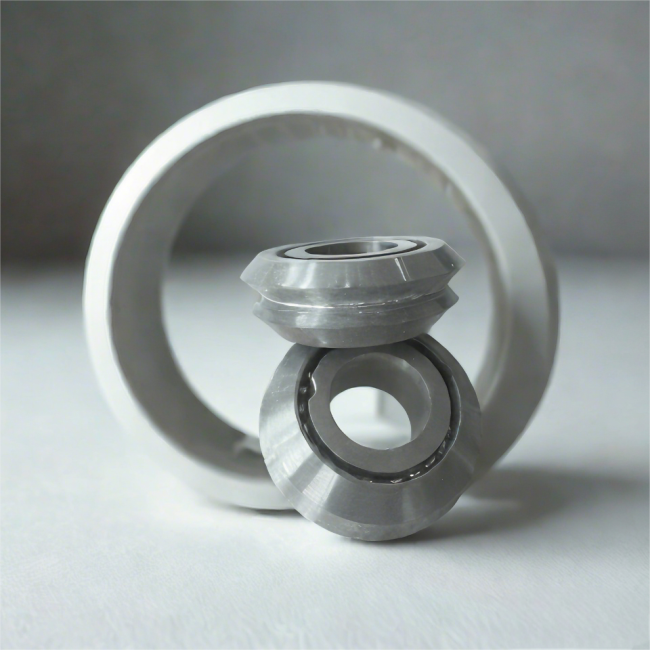
Disassembly and replacement
When there is an unacceptable leakage in the seal or when the equipment needs major repairs, it needs to be disassembled.
Careful disassembly: Special tools are also required during disassembly to evenly and smoothly pull out the sealing ring, protecting the equipment shaft sleeve and sealing surface from damage.
Check old parts: Carefully inspect the wear pattern of the removed old sealing ring, which can help determine the cause of failure (whether it is normal wear or caused by eccentric wear, dry wear, etc.), and provide improvement basis for the next installation.
Comprehensive replacement: It is usually recommended to replace the dynamic and static rings in pairs for mechanical seals to ensure the best fit between the new and old friction pairs. Replacing only a single component may not fundamentally solve the problem.
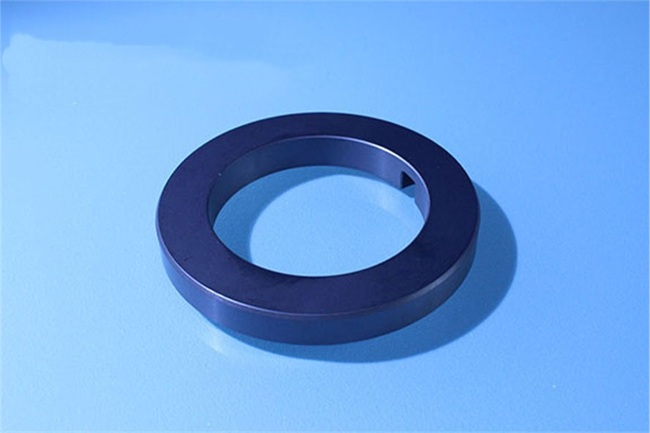
Silicon nitride ceramic sealing ring is a high-performance component that can significantly improve equipment reliability and efficiency. Its outstanding performance solves the life and reliability problems of traditional seals under harsh working conditions.
Brudeze Ceramics supplies and sells a wide range of high-quality quartz glass, including alumina ceramics, zirconia ceramics, silicon nitride ceramics, aluminum nitride ceramics, silicon carbide ceramics, boron carbide ceramics, bioceramics, machinable ceramics, etc. We can meet the customization requirements of various ceramic products.
PREVIOUS:What are the advantages of silicon nitride ceramic sealing rings
CATEGORIES
LATEST NEWS
- Petrochemical ceramic injec...
- Zirconia Ceramic Rod Custom...
- High-temperature resistance...
- What is the wear resistance...
- What is the hardness of cer...
- Aluminum oxide ceramic cust...
- What are the main aspects o...
- What are the mechanical pro...
- Thermal properties of zirco...
- What properties should be c...
